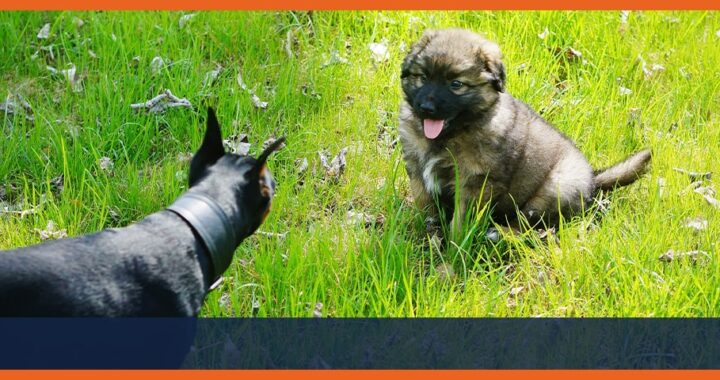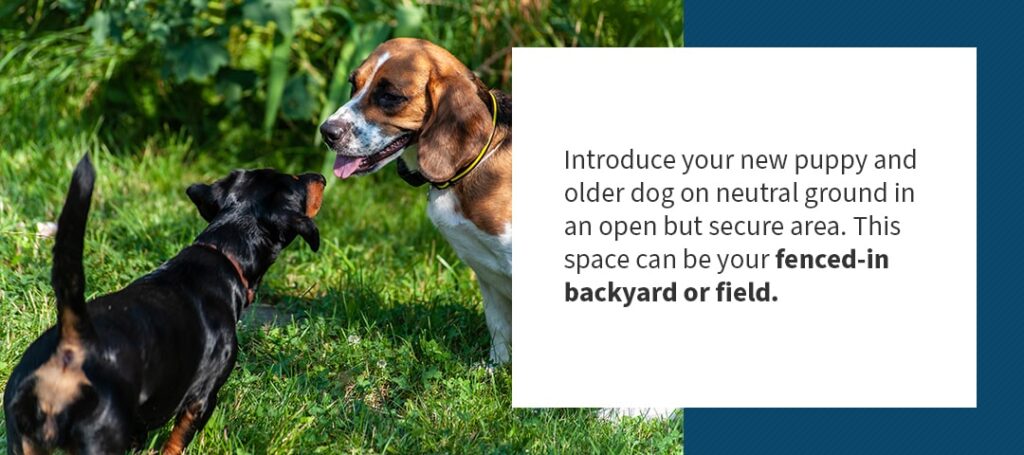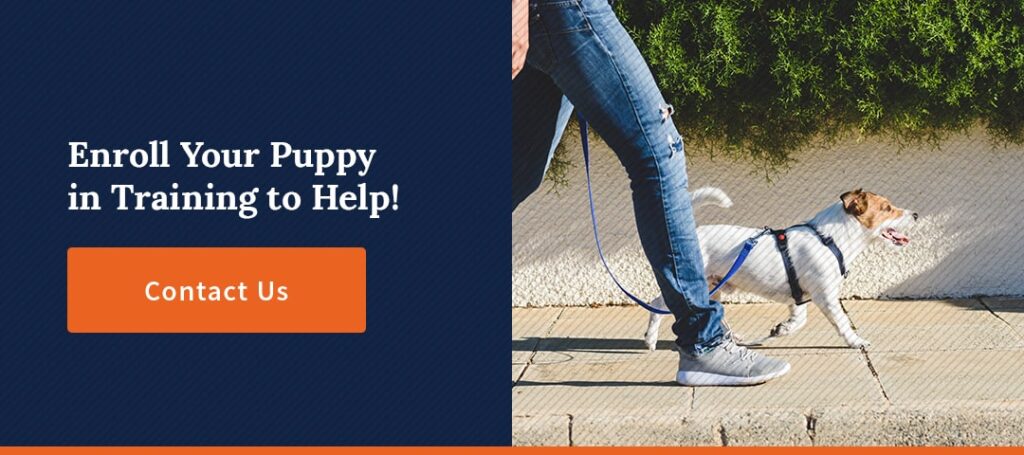Gaining a new fluffy addition to your family is exciting for any household. Getting a new puppy used to your home can take some preparation and careful introductions to their new living space. This process can take a bit longer if you also have an older dog in your family.
When the dog of the house does not expect a new family member, it may seem tricky to introduce them to each other and create a good relationship between the two. With the right preparation and gentle introduction, you can create a strong bond between your two furry friends that will last a lifetime. Consider the following tips before bringing your new puppy home!
Prepare Before Bringing Your Puppy Home
Before you take your new puppy home for the first time, there are a few precautionary measures you can take. These preparations can create a smooth transition for your older dog, your new puppy and your home.
Have Designated Sleep Spaces for Both Dogs
Help your pups start their friendship off on the right foot — or paw — by encouraging respect. Do this by keeping your older dog’s current sleeping setup and designating another sleeping space for your new puppy. Your older dog can observe where the puppy will be staying, while your puppy gets their own space where they can comfortably adjust to their new home.
Dogs can become possessive over their spaces, especially when a new furry friend enters the family. If you crate your dogs at night, place them across the room from each other. Your dogs can respect each other’s spaces while becoming accustomed to each other.
Buy the Proper Supplies
Going shopping before the new puppy officially becomes a family member creates a smooth transition for everyone in your home. Take inspiration from what your older dog currently uses regularly as you prepare for your new puppy, like toys and items for walking. Just make sure you find the right puppy food and keep this separate from your older dog’s food — they have different diets and needs, after all.
The essentials that you need to have before the puppy arrives include:
- An adjustable collar or harness
- Food and water bowls
- A bed or crate
- Puppy food
- A tag with their name and your home address
- Treats to reinforce good behavior
Let the Dogs Meet on Neutral Ground
First impressions are important for everyone — even for dogs. Help your pets build a healthy relationship with each other by letting them meet in a comfortable environment from a safe distance.
Introduce your new puppy and older dog on neutral ground in an open but secure area. This space can be your fenced-in backyard or field. The enclosed space will help prevent one of them from running away.
Start by placing both dogs on a leash. Begin to walk around the fenced-in area with each dog about 10 feet away from the other. With this practice, they can begin to feel the presence of the other from a safe distance. After a few minutes, you can have both dogs face each other in the middle of the backyard or field so they don’t feel stuck in a corner.
While still on their leashes, allow the dogs to approach each other on their terms. You can observe their level of comfort through their tails more than any other body part.
Interpreting Body Language
As your dogs recognize each other’s presence, keep an eye out for their body language. Dogs are usually pretty easy to read. Watch for tell-tale movements and expressions from either furry friend, like:
- Tail movement: If you notice your dogs wagging their tails, this is a sign that they are excited by each other’s presence. They are comfortable and open to the other pet being around them. If their tails are between their legs, they are demonstrating fear. You can take more time walking them around the enclosed area until they are more relaxed around each other.
- Bowing: When dogs place their front paws stretched in front of them with their hind legs straight to lift their backside into the air, they’re feeling playful. This sign means they are ready to interact with the other dog and want to play.
- Rolling over: This move can have two different interpretations. Your dog may roll over while wagging their tail. If you notice this body language, they are telling the other dog that they are not a threat by showing their underbelly — which is a vulnerable position for dogs. If you notice that they roll over with their tail tucked between their legs, they are cowering in fear. Separate the dogs in this case and let them walk around the enclosed area again before reintroducing them.
Keep Food and Toys out of the Way
Dogs are as protective of their food and favorite toys as they are of their sleeping areas. Without the proper training, dogs can become aggressive over their possessions. To avoid tension between the new puppy and your older dog as they become acquainted, take the food and toys to a separate area.
When you bring a new puppy home, establish where their food and toys will be. The space you designate for these essentials should be separate from your older dog’s feeding and play area for now. When you create a physical difference in location, the older dog won’t become more possessive or jealous of their things.
After your puppy and older dog have lived together for a few weeks or months, you can start to place their toys in the same area to encourage shared play. Just keep the food separated to avoid one dog overeating the other’s food, especially if they have different diets. But you can let them share a larger water bowl in one area of the house.
Enroll Your Puppy in Training Near You
Puppy training can make the introduction process go smoothly for you, your new friend and your older dog. At Off Leash K9 Training Maryland, we help your playful companions become well-behaved and receptive to training commands. Puppies can be spontaneous and rowdy bundles of fur when you first take them home. Together, your family and new puppy can go through training for obedience, manners and social skills.
Your new companion can start puppy training when they turn 8 weeks old until they’re 5 months of age. After 5 months, our effective e-collar training promotes positive reinforcement as your pup continues learning good behavior in public and at home.
Contact us today to enroll your puppy in training in Maryland!



